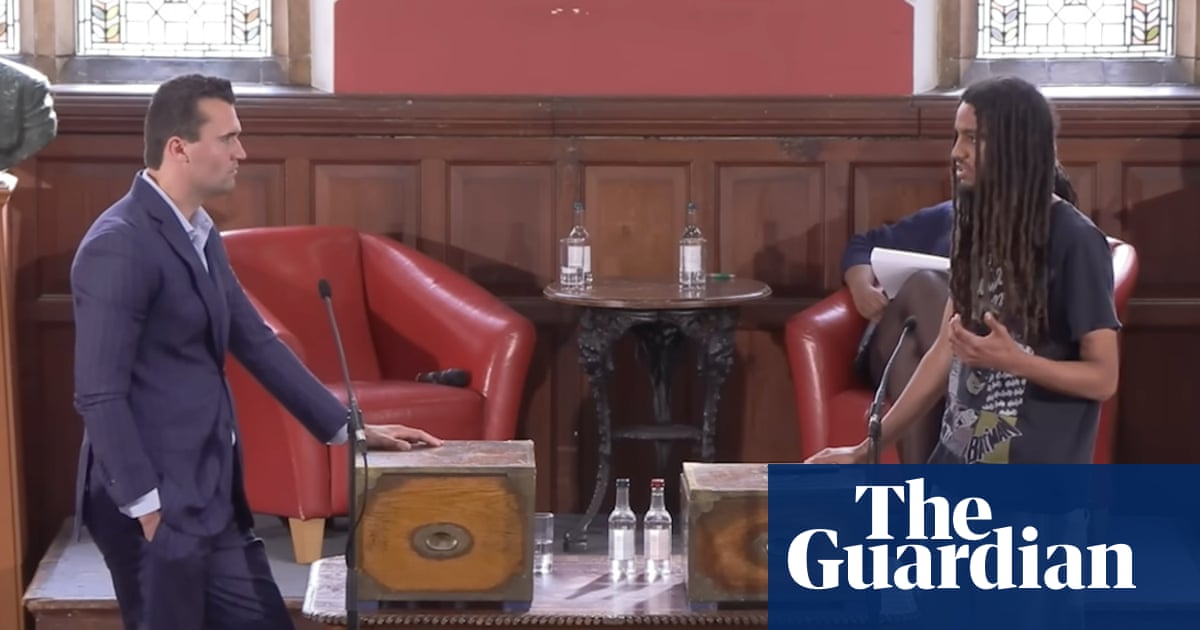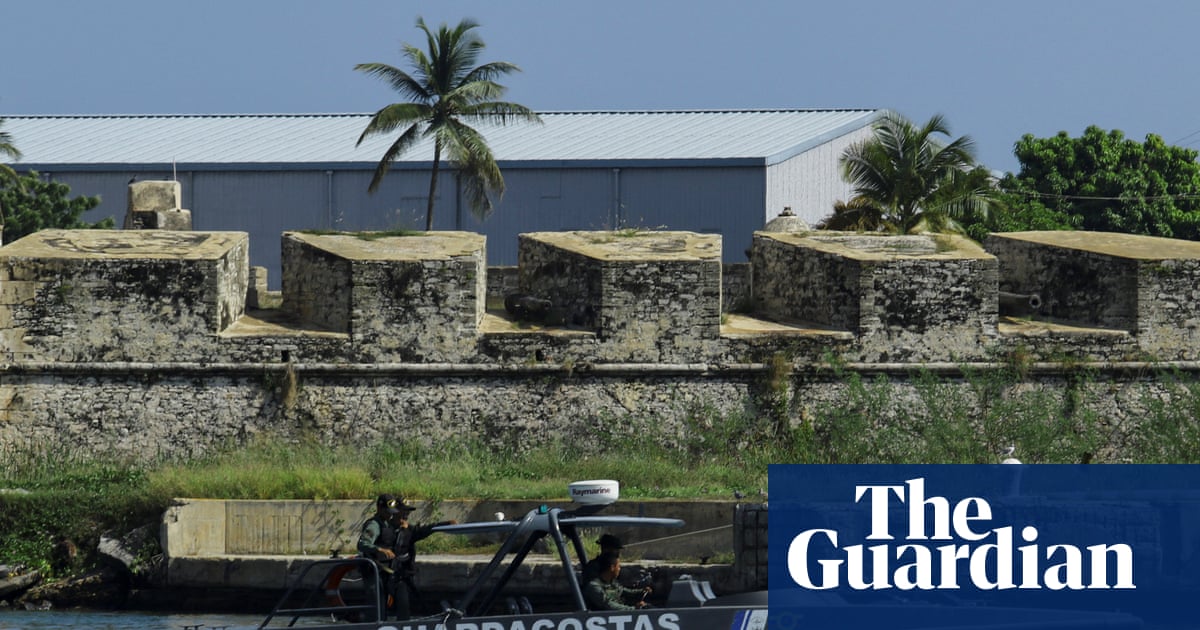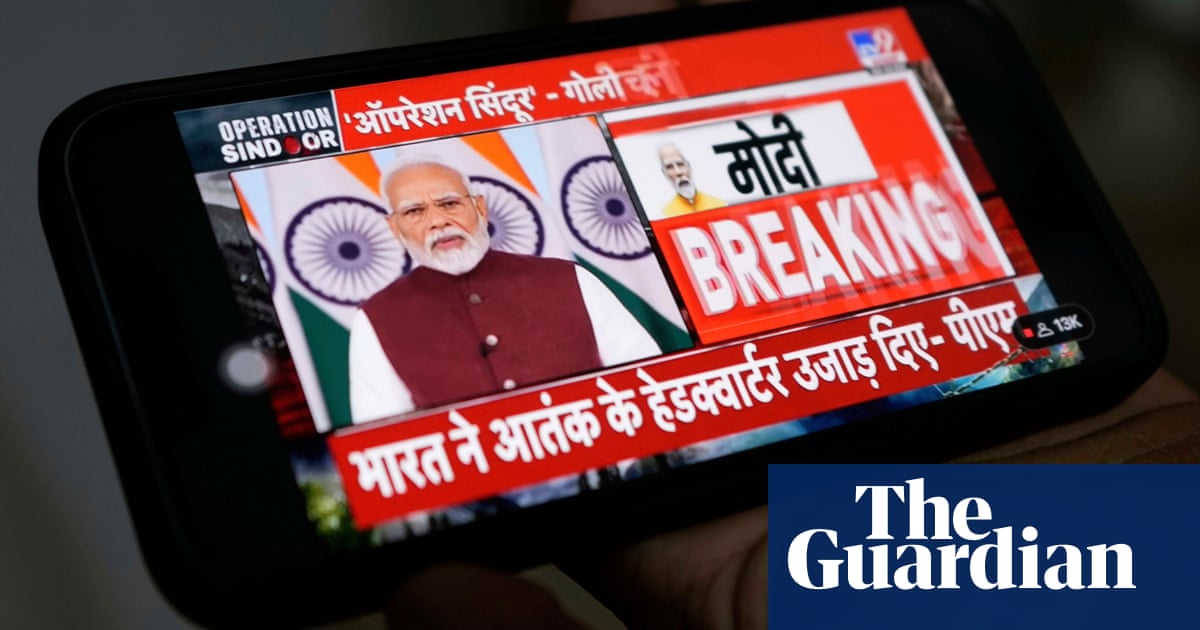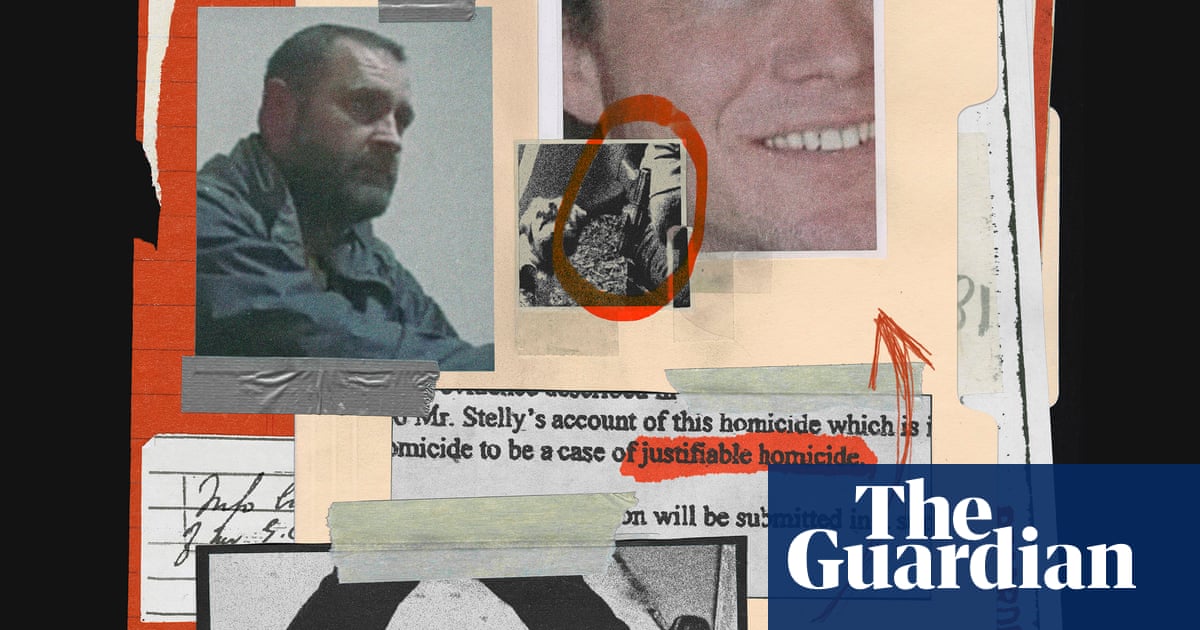Israeli troops have opened fire near thousands of hungry Palestinians as a logistics group chosen by Israel to ship food into Gaza lost control of its distribution centre on its second day of operations.
An 11-week total siege and an ongoing tight Israel blockade means most people in Gaza are desperately hungry. Hundreds of thousands walked through Israeli military lines to reach the new distribution centre in Rafah on Tuesday.
But the newly established Gaza Humanitarian Foundation (GHF) was not prepared for them and staff at one point were forced to abandon their posts.
“At one moment in the late afternoon, the volume of people at the SDS [secure distribution centre] was such that the GHF team fell back to allow a small number of Palestinians in Gaza to take aid safely and dissipate,” the foundation said in a statement.
The Israeli military said it fired “warning shots” near the compound to restore control. It was not immediately clear if there had been any injuries among people trying to get food.
In a speech on Tuesday night, Israel’s prime minister, Benjamin Netanyahu, acknowledged that there had been a “loss of control momentarily” during the food distribution, adding: “Happily, we brought it back under control.”
Images shared on social media, which could not immediately be verified, appeared to show people waiting in queues between wire fences. These were later partly torn down as people rushed into an open field where boxes were waiting.
On Sunday, Jake Wood, the founding director of the GHF, resigned, saying that it would not be possible for the group to deliver aid “while also strictly adhering to the humanitarian principles of humanity, neutrality, impartiality and independence”.
The UN and major humanitarian organisations had already refused to work with the GHF on the grounds that doing so would compromise values that are key to reaching civilians in all conflict zones, and put both their teams and recipients of aid in Gaza at risk.
They also warned that a newly formed group with no experience would not be able to handle the logistics of feeding over 2 million people in a devastated combat zone.
The dangerous chaos on Tuesday appeared to confirm many of those fears. The GHF said its decision to abandon the distribution centre “was done in accordance with GHF protocol to avoid casualties”.
Scenes of desperate crowds rushing to get aid were “heartbreaking”, UN spokesperson Stéphane Dujarric said, particularly when the UN and partners have a “detailed, principled, operationally sound plan” to get aid in.
The trickle of food currently reaching Gaza was not enough to feed its people, he added. “We continue to stress that a meaningful scale-up of humanitarian operations is essential to stave off famine and meet the needs of all civilians, wherever they are.”
Israel is trying to replace the humanitarian organisations that bring aid into Gaza. It has long claimed, without providing evidence, that Hamas disrupts their supply networks to profit from aid.
The GHF uses armed security contractors to deliver food in compounds guarded by Israel’s military.
It previously acknowledged that this method excludes some of the most vulnerable people in Gaza because only those able to walk long distances and carry heavy boxes of food will be able to feed their families this way.
And despite pushing for control of food and other supplies coming into Gaza, the Israel Defense Forces had not properly prepared to distribute aid and “planned to direct the population using gunfire,” a security source told Haaretz newspaper.
“They treated it like a routine situation involving suspects entering a combat zone, but you can’t direct a population of that scale with gunfire if you want them to feel safe reaching the areas you’ve opened,” he told the paper.
The source said that the military’s original idea to direct crowds using gunfire suggests “they didn’t think and didn’t plan” to use other means, such as fencing off the area.
The GHF said that by the end of Tuesday it had handed out 8,000 boxes of food: enough to feed 44,000 people for half a week according to its calculations. That is just 2% of Gaza’s population. The foundation said deliveries would be increased during the week.
Pictures shared on social media that appeared to show the content of the boxes, but could not immediately be verified, suggested they would be meagre meals, mostly rice, pasta and flour with some cans of beans and vegetables sourced from Israel.
The GHF has not revealed who is funding its work, although initial pictures showed boxes with the logos of three small aid organisations with experience working in Gaza.
None responded to questions about their work with the GHF, but even if they have agreed to partner with the organisation long term, they do not have the capacity to meet overall needs.
“Regardless of whether the GHF is operating or not, we know from decades of experience and the almost 600 days we have been responding to this catastrophe in Gaza that this shameful exercise in the militarisation of aid is not going to work,” said Bushra Khalidi, Oxfam policy lead in the occupied Palestinian territory.
“Even in the most optimal of conditions, there is no logistical company who can feed 2.1 million people overnight. Humanitarianism is not just about handing out food parcels to feed starving people; it is about ensuring that people have the means to survive.”
Israeli forces have taken control of much of Gaza since the end of a ceasefire in March, launching heavy attacks that have killed nearly 4,000 Palestinians, health authorities there say.
The total death toll from Israeli attacks inside Gaza has now passed 54,000, most of them civilians. Israel launched the war after cross-border attacks by Hamas on 7 October 2023 killed about 1,200 people, the majority of them civilians, and saw 250 taken hostage.

 3 months ago
52
3 months ago
52

















































